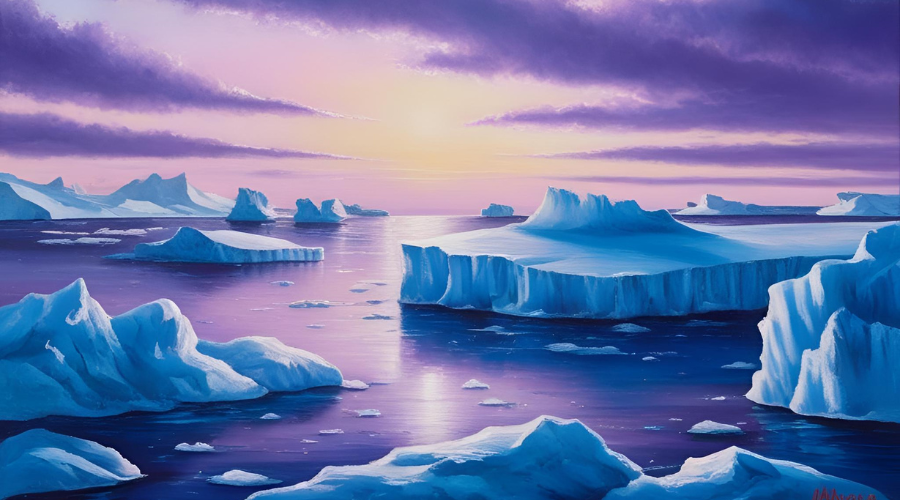
Ice
Japanese Name:
氷
Romaji Name:
koori
Description
↓↓
Ice is the solid form of water that occurs when water freezes at or below 0°C (32°F). It is hard, transparent, and slippery. Ice naturally forms in cold environments such as lakes, rivers, and glaciers, and is commonly used to cool drinks or preserve food. It plays a crucial role in Earth's climate and ecosystems.
History
↓↓
Ice has been used by humans since ancient times. In early civilizations, natural ice and snow were stored in pits or special ice houses to preserve food. In the 19th century, large-scale ice harvesting from lakes and rivers became common, especially in the United States. Later, with the invention of mechanical refrigeration in the late 19th and early 20th centuries, artificial ice production became widespread and replaced natural ice harvesting.